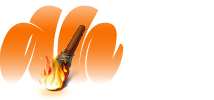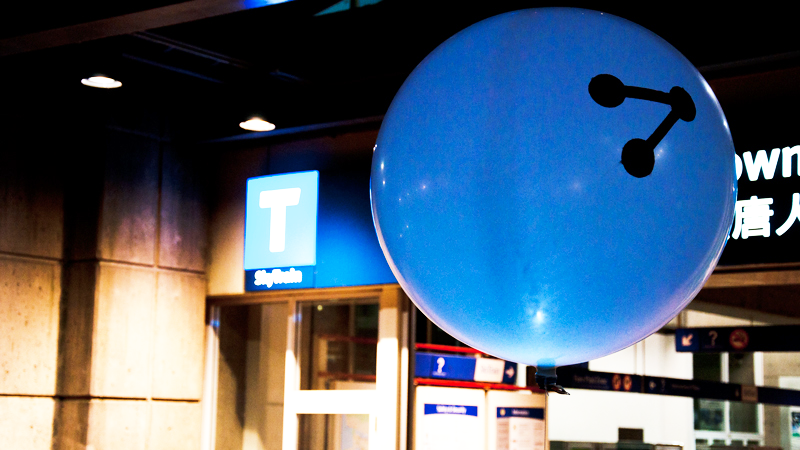The Concept
My final typographic project was to explore using social media iconography to comment on real-world objects. By taking the symbols offline, it presented a unique approach to alter or add meaning in a physical space.
Original concepts included a performance-based display involving a circus clown carrying a bunch of helium balloons – a character typically associated with childish exurburence (or creepy horror flicks). My aim was to imitate the former but have serious or disturbing messages written on the balloons there-by changing the meaning of such a light-hearted character using type. However, I thought a more non-offensive approach would be better received.
Another idea was to print stickers featuring social media icons and give those out to friends to comment on found objects. Documenting the process would have likely been an issue and I decided to change up the medium to 3 foot glowing balloons, mainly for impact and stopping power.
Challenge: design a lighting system powerful enough to illuminate a 3 foot balloon
Initially I ordered a variety balloon lights from an online site but found even the largest wasn’t powerful enough to light a 36 inch balloon. As a work-around, I consulted a friend with electronic super-powers much greater than my own who assembled a shopping list. Each lighting package was weighed in advance to ensure the balloon would float.
To achieve the most even brightness, the lighting needed to be anchored in the stem of the balloon with the LED well inside sphere. Additionally each bulb was sanded to diffuse the light. Batteries & wires were fashioned into plugs using silicone wrappers with all critical connections soldered. Battery terminals were designed stick out of the balloon stem allowing on/off control, thereby preserving battery life. Elastic bands were used to ensure the seals remained as airtight as possible.
Printing on latex
There were several initial challenges to the printing aspect of the project. The first was exceptionally high costs in commercial printing a small number of oversize balloons. Balloons are typically screen printed using elastic inks which are flexible enough to withstand deflation (balloons are inflated at 50% capacity prior to printing then heat shrunk to return them to their original size). As the costs to print only one design exceeded $200, I went on the basis that I would print the balloons myself. A key challenge was to find ink that would adhere to latex and not run, smear, peel, or pop the balloon.
My first experiments were with a latex-based spray paint that tested well but was not flexible enough to allow the balloon to be deflated. This presented another problem: the balloons would have to be transported to each site fully inflated. I found that spray paint also had a tendency to go on in a very thick layer – I later switched to an airbrush which resulted in a cleaner print.
Final artwork
The below icons were modelled after conventional social media symbols and cut out of low-tack stencils. Because the balloons were being lit from within (transmission-based), ink opacity was more important than colour or tonal variation.
![]()

